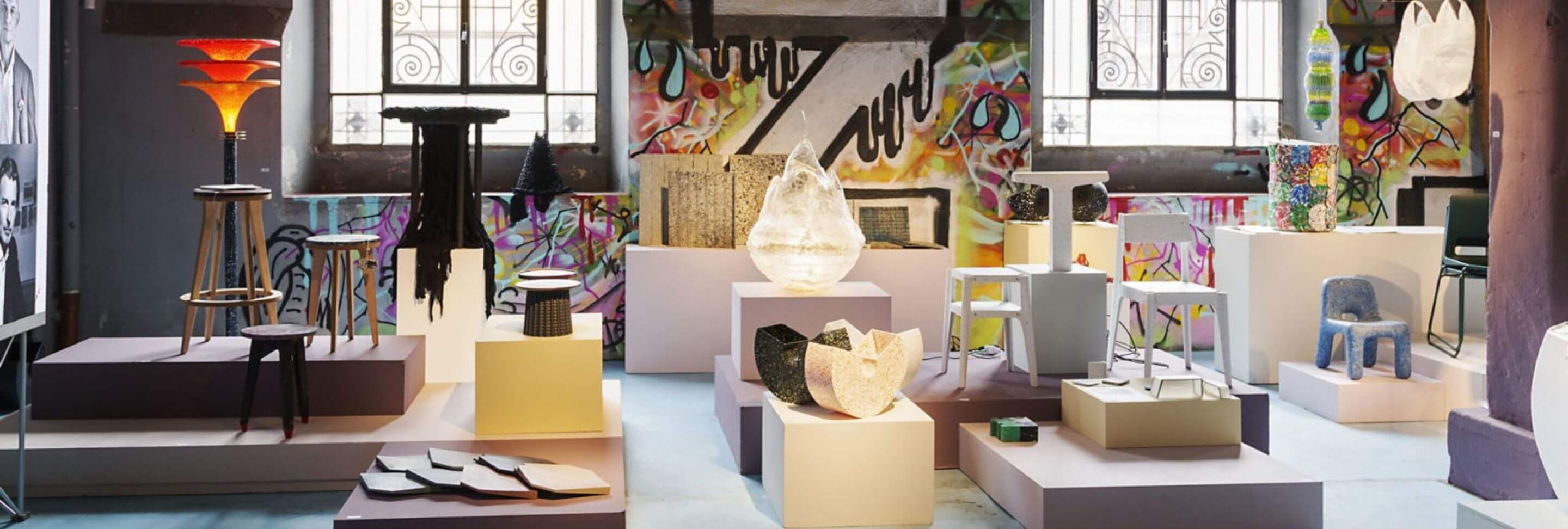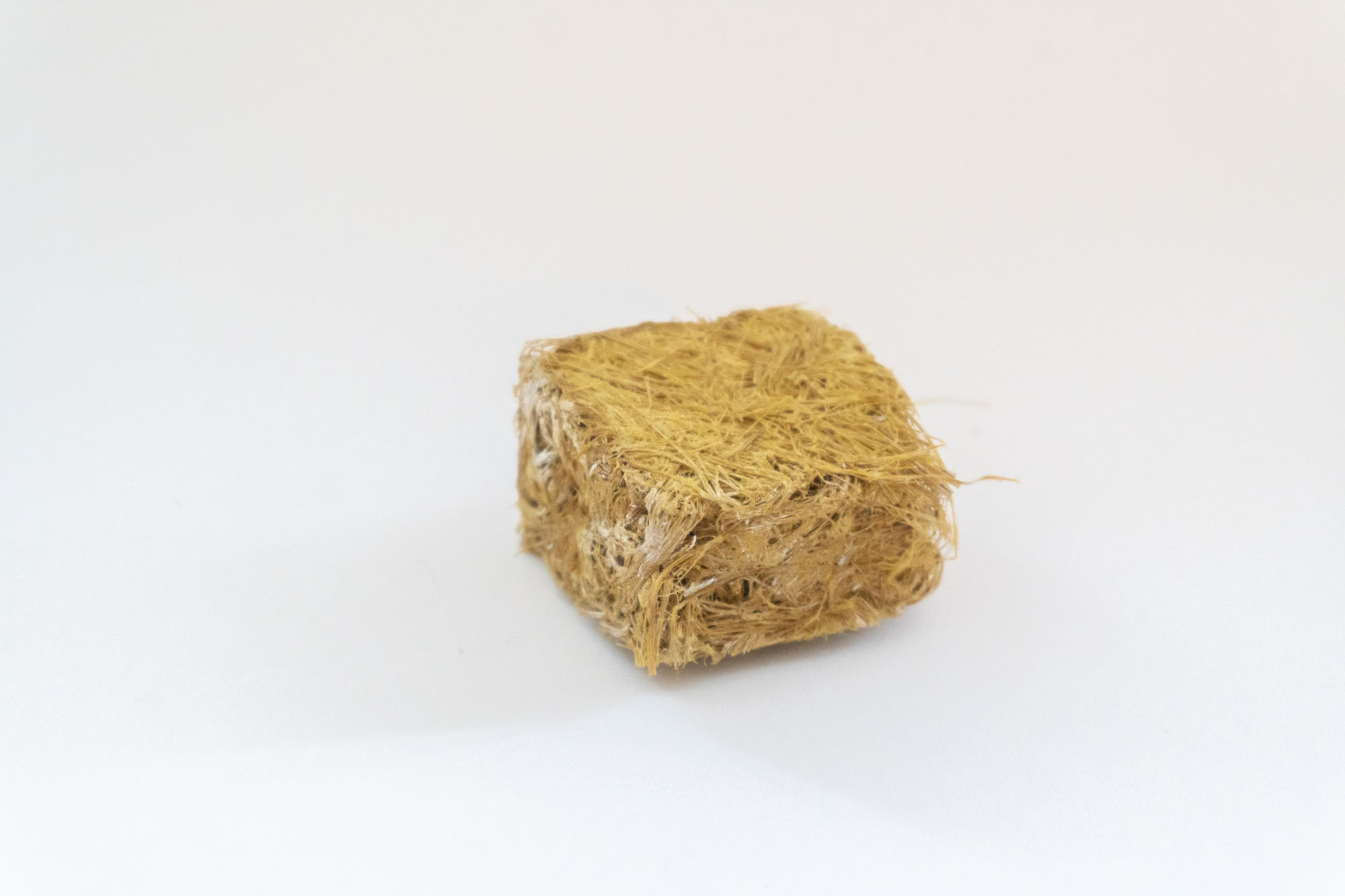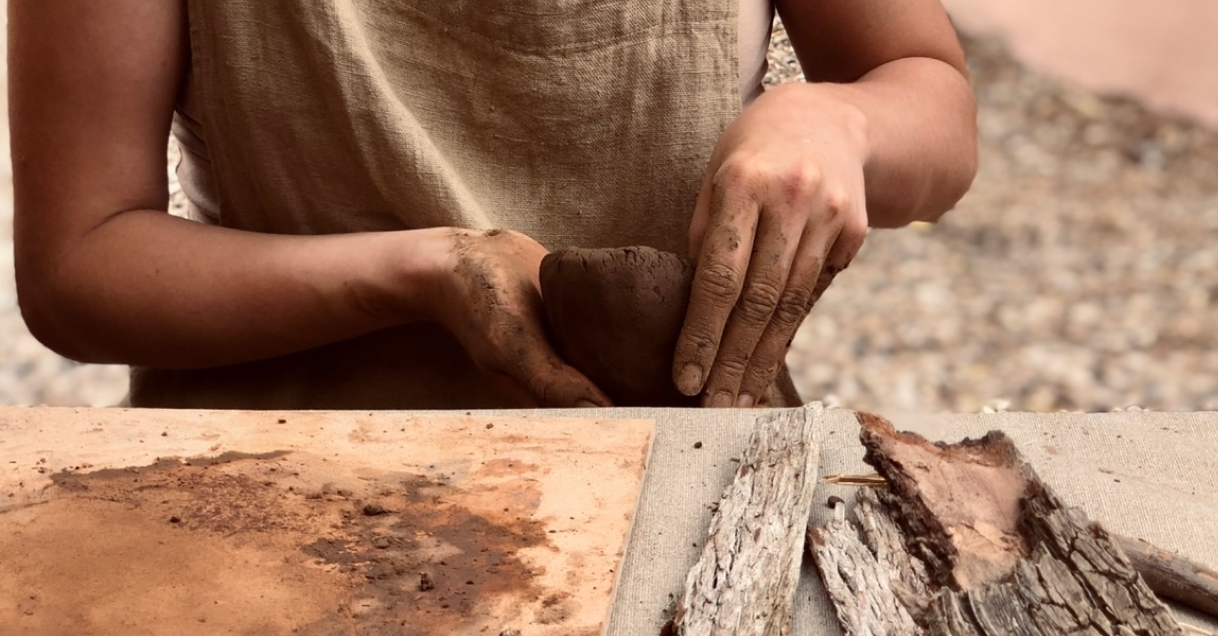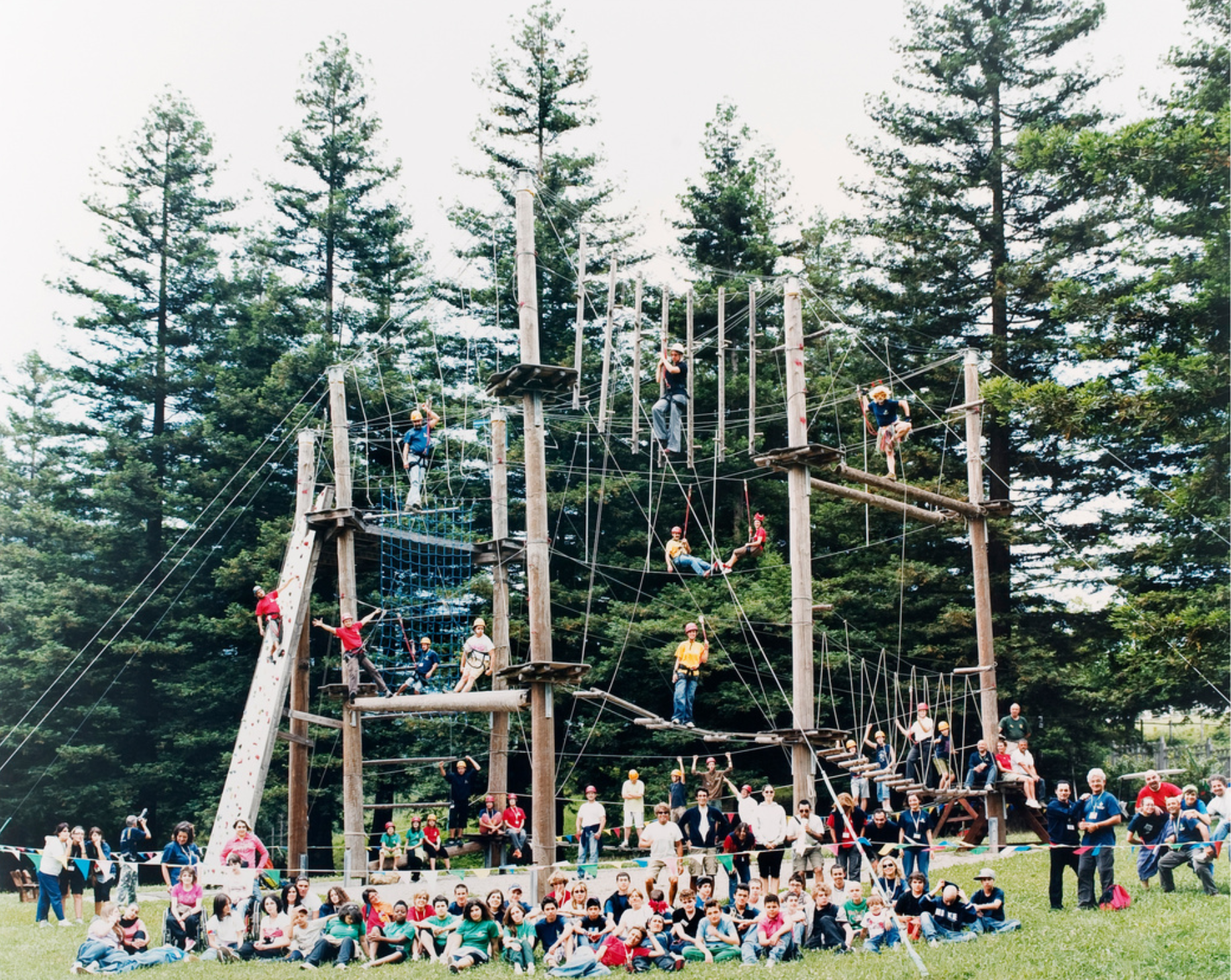DIY BAMBOO FIBERS: from a single-use bamboo chopstick
Inspiring Learning Projects
DIY BAMBOO FIBERS and the related cookbook are a university research project on the material of bamboo and a circular economy proposal to offer an alternative to plastic and recycle waste material from the restaurant industry.
Following an early round of research in which I looked at the material’s real structure, I pinpointed the component—the fiber—that gives it its versatility, and then I gathered information on the various ways to process bamboo, both manually and industrially. Then, to make it understandable to everyone, I adapted everything I had learnt to a smaller, domestic size. Using caustic soda, commonly used in textile processing of bamboo and at home for cleaning, I melted and processed bamboo chopsticks commonly found in Asian restaurants and considered a waste material after first use. With this easily replicable process, I was able to extract the cellulose fibers from the chopsticks and use them to make new products. With a good library of samples, experiments and possible processes contained in the project documentation, I present a few-page publication that briefly presents the result of my research and finally contains three recipes of varying difficulty for making simple everyday objects at home from reused bamboo chopsticks.
Paint brush
My first thought was to create a paintbrush. I dipped the chopstick a few centimeters into the caustic solution on the thicker side, the opposite side from where you eat. As a result, the loose fibers are all the same length and even, while the pointed area on the other end can be used at will by the artist. The brush is very stiff when dry, but it behaves like a regular brush when wet. When wet, it is also useful to shape it with scissors to the shape most appropriate for the intended use. The fact that this item is made entirely of organic and biodegradable materials is what makes it unique.
Cleaning broom
As a result, the second idea emerged. A bamboo fiber broom would be formed if many bamboo brushes were joined together. So, after dissolving a handful of sticks, I formed a larch block into the shape I thought was most appropriate. I drilled three rows of regular holes the same diameter as the sticks with a drill. After fitting, I cut away the excess chopsticks. The broom worked flawlessly and is, once again, an entirely organic product.
Plant pot
Throughout the course of this research, I found the method of felting and forming sheets of bamboo fiber to be extremely interesting and promising. After several attempts, I came up with an idea that combined the manufacturing method and the product’s function. These bamboo pots are intended to grow seedlings and plants for eventual planting in the ground. By using these organic bamboo fiber-based pots, it will be possible to plant the sprout alongside its pot, which will eventually become part of the soil itself. I used everyday kitchen items like a drinking glass and an ice-making tray to make these shapes.
In conclusion, it is amazing what can be done with simple waste materials and common household utensils. Precisely for this reason and although I am very interested in the potential of my research expanded to a larger scale, I believe that the strength of this project lies in the simplicity and self-production, not only because of the possibility of recycling something, but also being able to raise one’s awareness about everyday waste and the use of organic and natural materials.




























